
Categories: Sightseeing / Travel
Valley Forge National Historical Park
A couple of months ago, Chip and I flew into Baltimore to visit his BFF and do some sightseeing for a week.
We had our hearts on seeing Philly, but decided to drive out to see Valley Forge National Historical Park first. We bought an audio tour (CD) from the Visitor Center, then drove around the vast National Park hearing all the details of the Continental Army’s encampment (back in 1777-1778) during their 3rd winter fighting against the British (April 1775 – September 1783).
Unfortunately, the Army endured harsh winter conditions, and limited provisions. On the bright side, they built huts for shelter and were eventually trained by Prussian military officer Baron von Steuben (he later wrote what would be known as the army’s “blue book”).
Most of our tour stops were short driving distances, while some were roughly a mile or so. A handful of stops involved parking and walking to see firsthand (i.e. Washington’s Headquarters, Varnum’s Quarters, Obelisk, Washington Memorial Chapel). The weather couldn’t be more perfect!
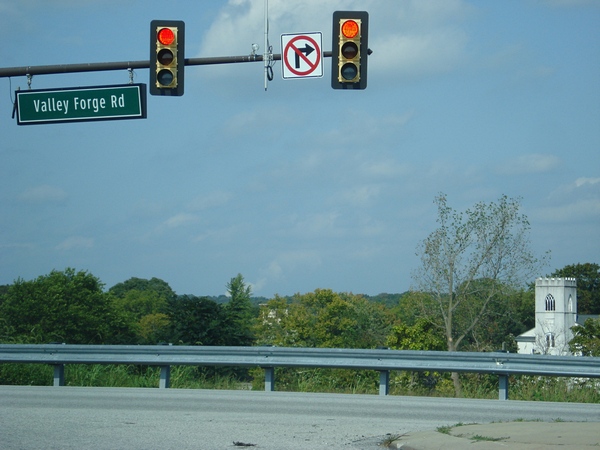
Yay, we’re on the right road…we’re almost there!
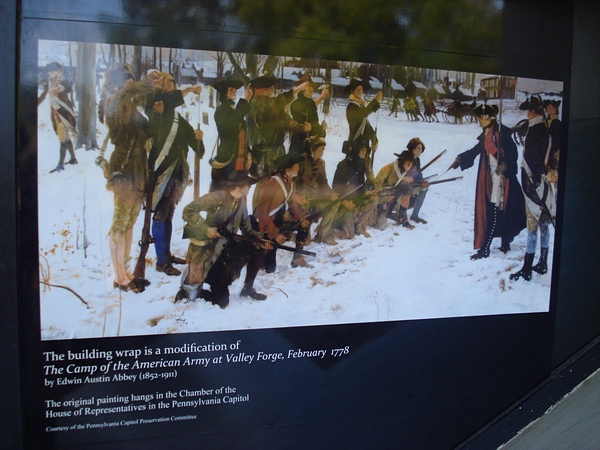
Painting near main entrance doors
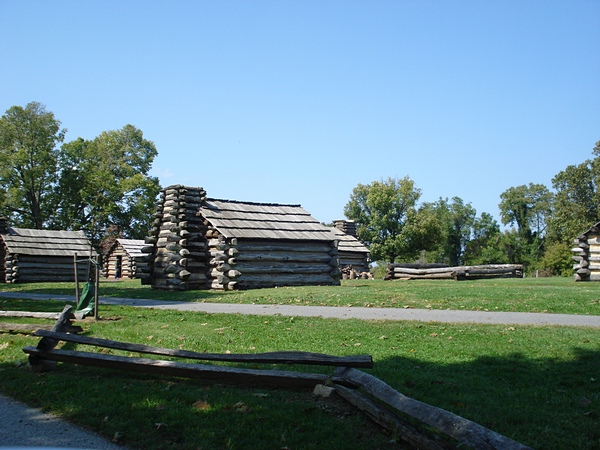
Replicas of the wooden huts built by the Continental Army
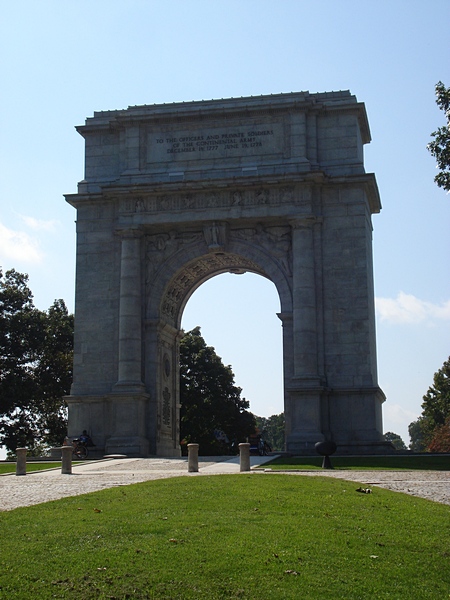
National Memorial Arch dedicated to the Continental Army (December 19, 1777 – June 19, 1778)
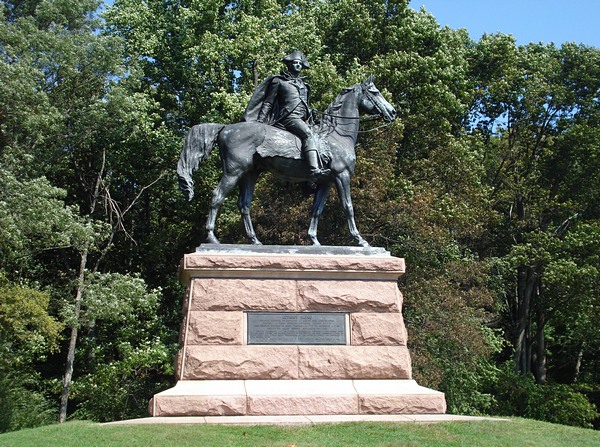
Statue of Anthony Wayne (Brigadier General of Continental Army)
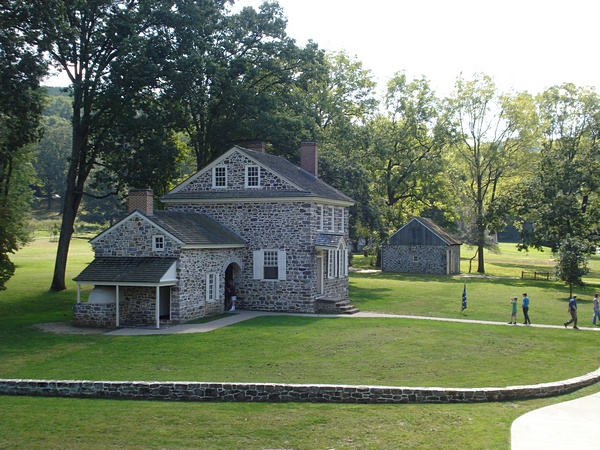
Washington’s Headquarters
General George Washington’s command post and living quarters during the 1777-1778 winter encampment
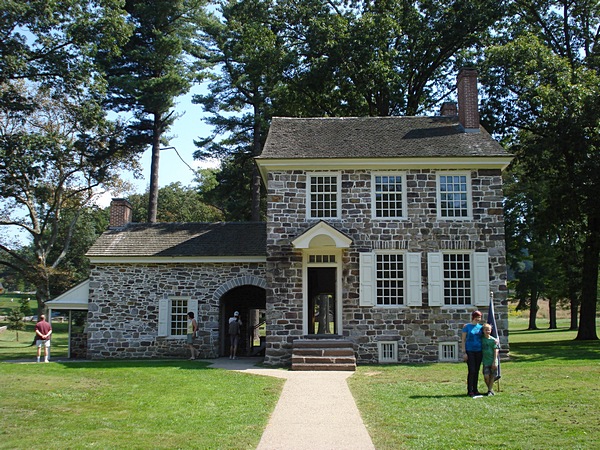
Washington’s Headquarters
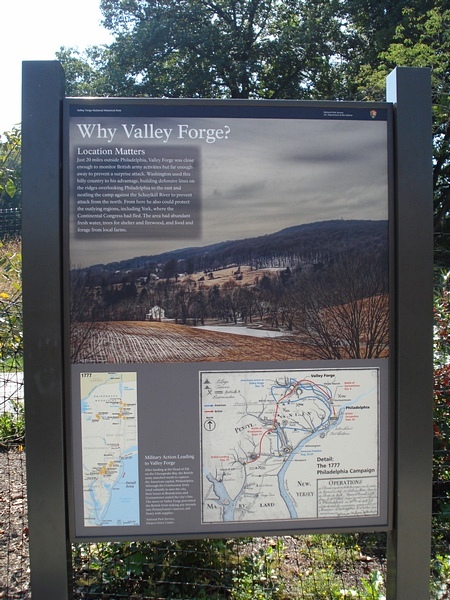
Why Valley Forge?
“Just 20 miles outside Philadelphia, Valley Forge was close enough to monitor British army activities but far enough away to prevent a surprise attack. Washington used this hilly country to his advantage, building defensive lines on the ridges overlooking Philadelphia to the east and nestling the camp against the Schuylkill River to prevent attack from the north. From here he also could protect the outlying regions, including York, where the Continental Congress had fled. The area had abundant fresh water, trees for shelter and firewood, and food and forage from local farms.”
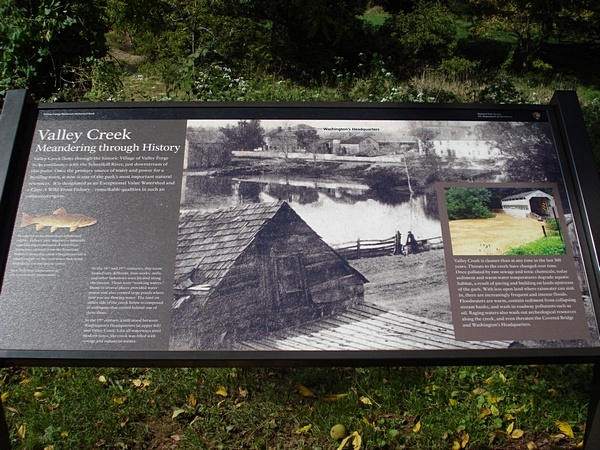
“Once the primary source of water and power for a bustling town, it now is one of the park’s most important natural resources. In the 18th and 19th centuries….iron works, mills, and other industries were located along the stream. These were ‘working waters.’ In the 19th century, a mill stood between Washington’s Headquarters and Valley Creek. Like all waterways until modern times, the creek was filled with sewage and industrial wastes.”
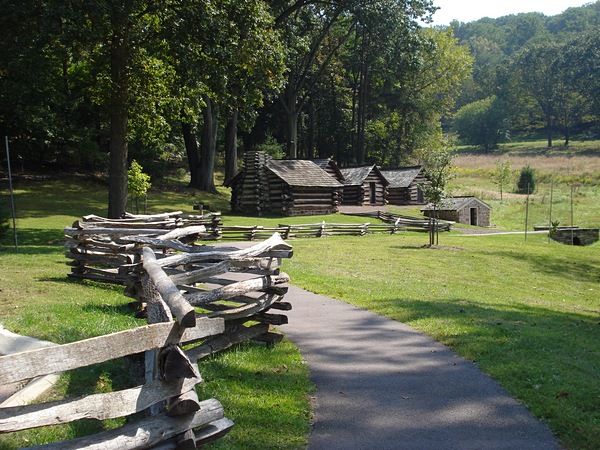
Wooden huts (replicas) for Washington’s guards (near Washington’s Headquarters)
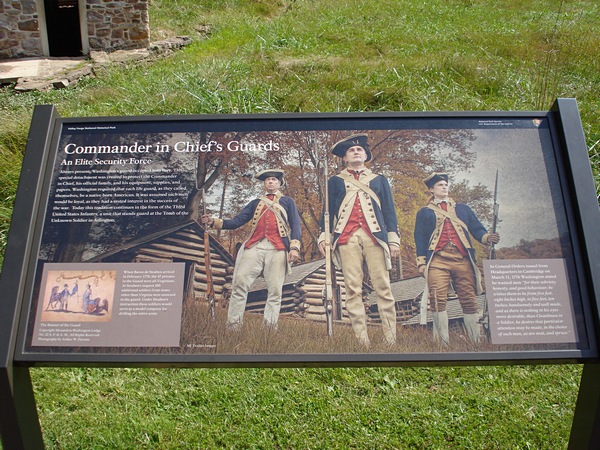
“Washington’s guards occupied huts here. This special detachment was created to protect the Commander in Chief, his official family, and his equipment, supplies, and papers. Washington required that each life guard, as they called themselves, be a native born American. It was assumed such men would be loyal, as they had a vested interest in the success of the war. Today this tradition continues in the form of the Third United States Infantry, a unit that stands guard at the Tomb of the Unknown Soldier in Arlington.”
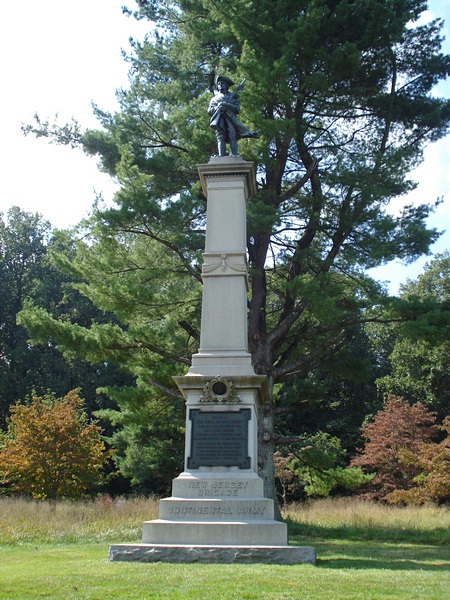
Statue commemorating the site occupied by the New Jersey Brigade
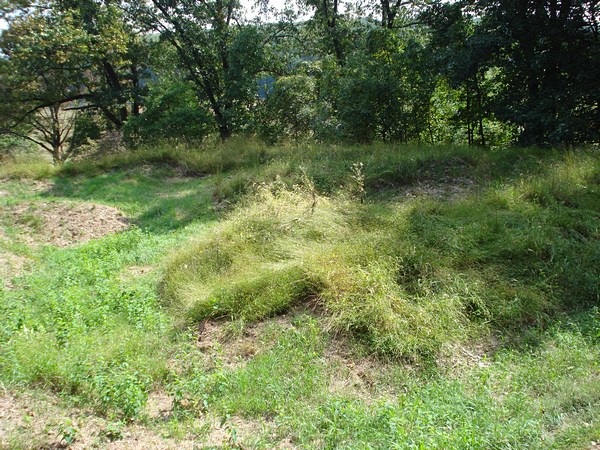
Redoubt #3 (built on remnants of the original site)
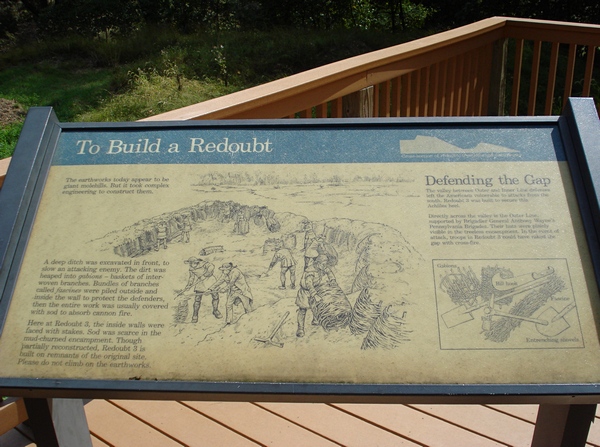
“The earthworks today appear to be giant molehills. But it took complex engineering to construct them. A deep ditch was excavated in front, to slow an attacking enemy. The dirt was heaped into gabions – baskets of interwoven branches. Bundles of branches called fascines were piled outside and inside the wall to protect the defenders, then the entire work was usually covered with sod to absorb cannon fire. Here at Redoubt 3, the inside walls were faced with stakes. Sod was scarce in the mud-churned encampment.”
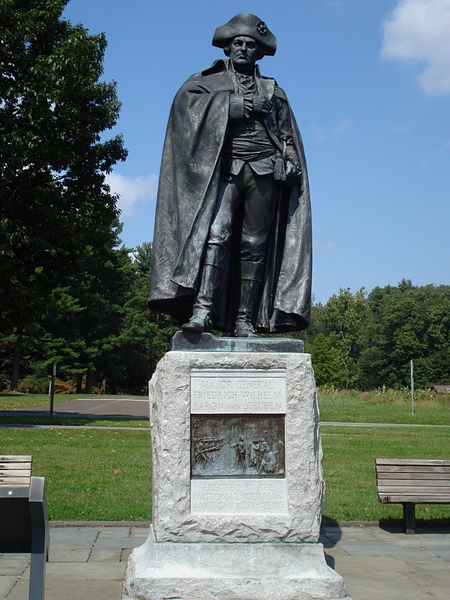
Statue of Major General Friedrich Wilhelm Baron von Steuben
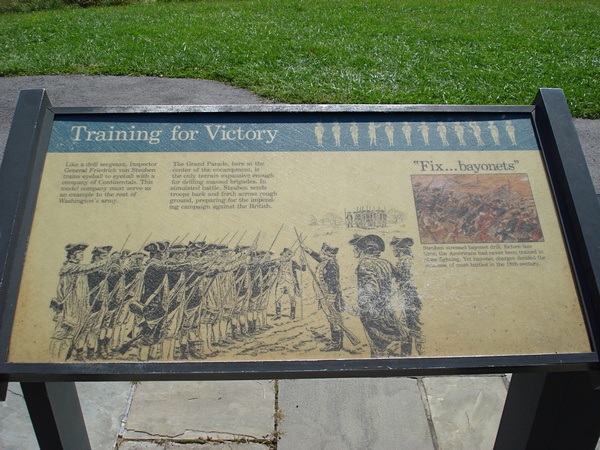
“Like a drill sergeant, Inspector General Friedrich von Steuben trains eyeball to eyeball with a company of Continentals. This model company must serve as an example to the rest of Washington’s army. The Grand Parade, here at the center of the encampment (see next 3 photos), is the only terrain expansive enough for drilling massed brigades. In simulated battle, Steuben sends troops back and forth across rough ground, preparing for the impending campaign against the British. Steuben stressed bayonet drill. Before this time, the Americans had never been trained in close fighting. Yet bayonet charges decided the outcome of most battles in the 18th century.”
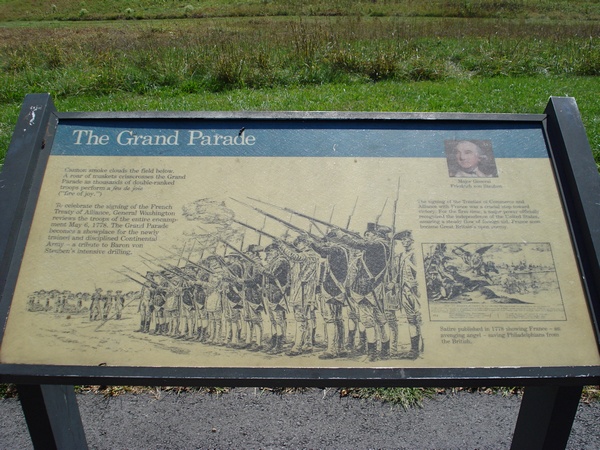
“To celebrate the signing of the French Treaty of Alliance, General Washington reviews the troops of the entire encampment May 6, 1778. The Grand Parade becomes a showplace for the newly trained and disciplined Continental Army — a tribute to Baron von Steuben’s intensive drilling. The signing of the Treaties of Commerce and Alliance with France was a crucial step toward victory. For the first time, a major power officially recognized the independence of the United States, assuring a steady flow of foreign aid. France soon became Great Britain’s open enemy.”
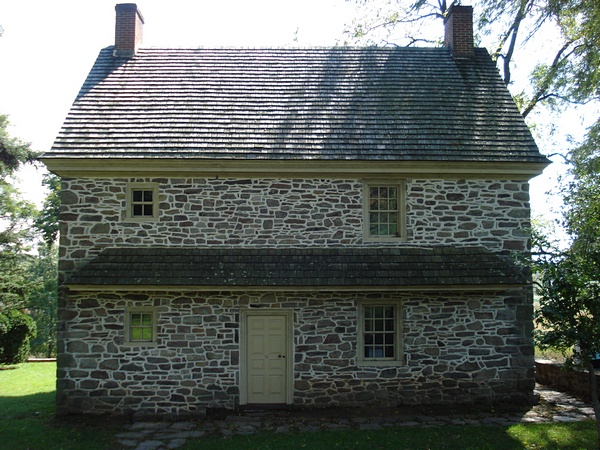
Varnum’s Quarters
“When he moved in, Brigadier General James Varnum used one room as both living quarters and brigade headquarters, and even held general court martial. The owners, David and Elizabeth Stephens and their family, were allowed to remain in the rest of the house. A large portion of their farmland was used for the Grand Parade. When Varnum’s hut was completed, he joined his Rhode Island and Connecticut brigades hutted on both sides of the road near Stephens’ home.”
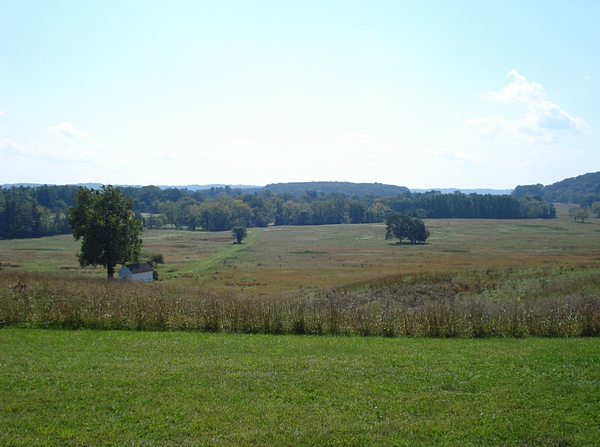
Nature scene (across the street from the Washington Memorial Chapel)
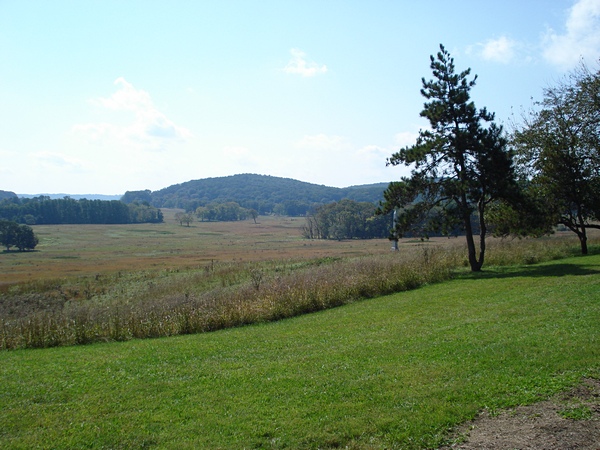
Nature scene (across the street from the Washington Memorial Chapel)
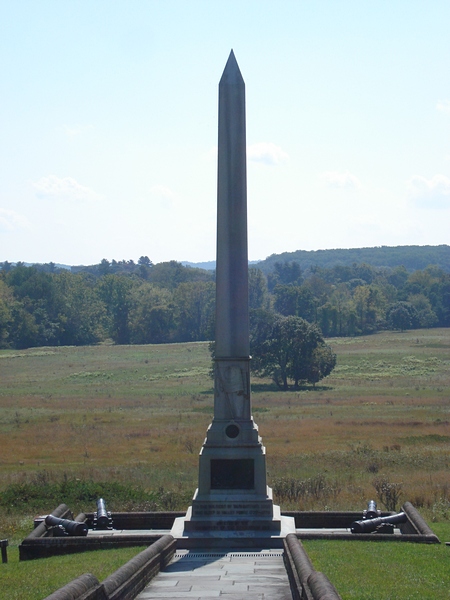
Obelisk
“To the soldiers of Washington’s Army who sleep at Valley Forge, 1777-1778.”
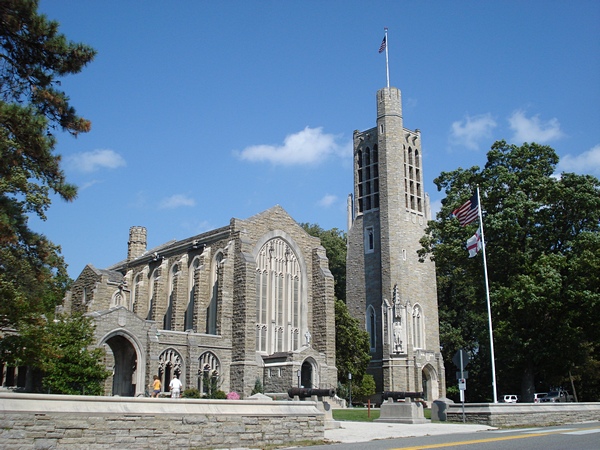
Washington Memorial Chapel and National Patriots Bell Tower
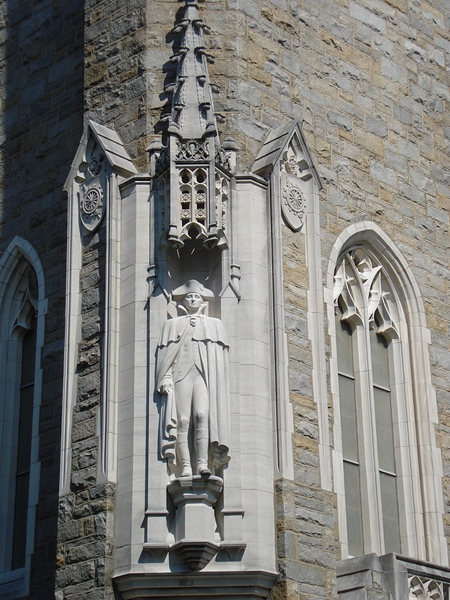
Statue of George Washington on exterior of Bell Tower
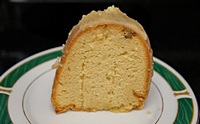



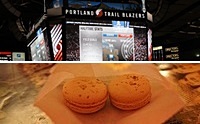

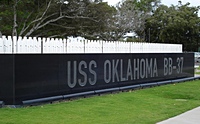
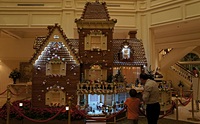
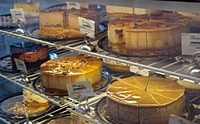

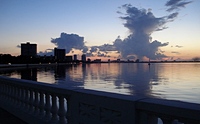
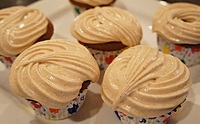
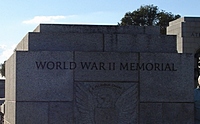
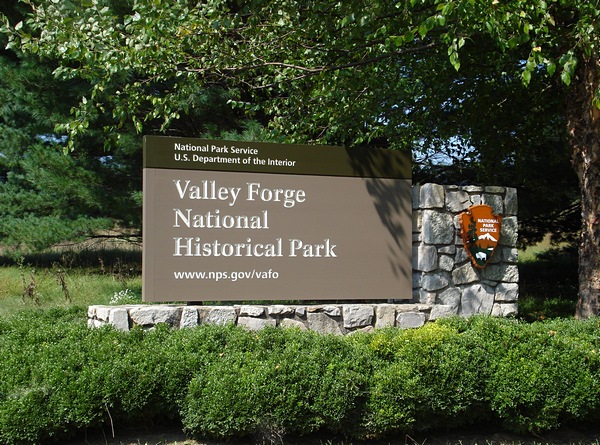
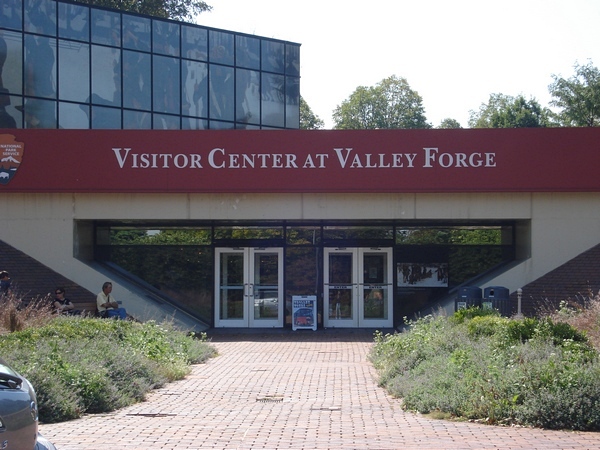
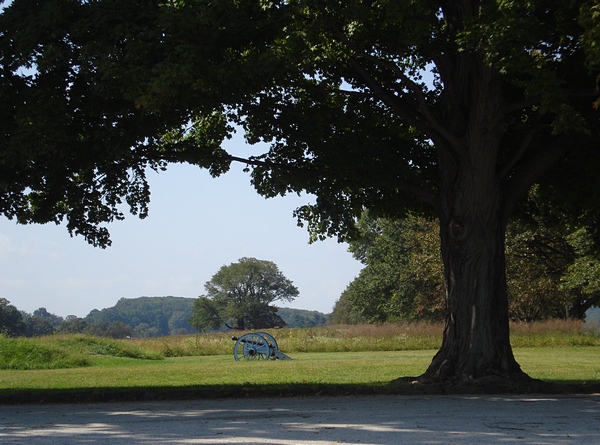
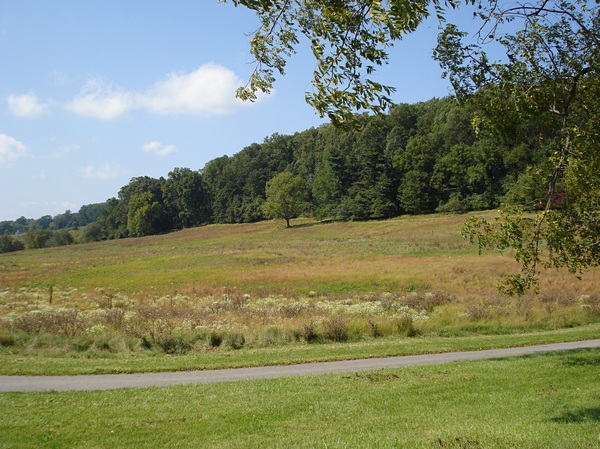
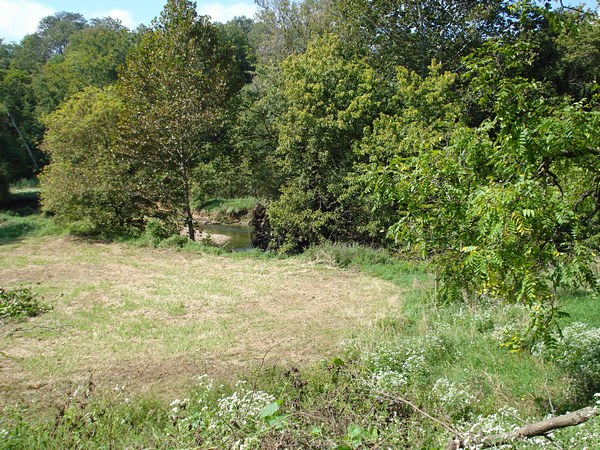
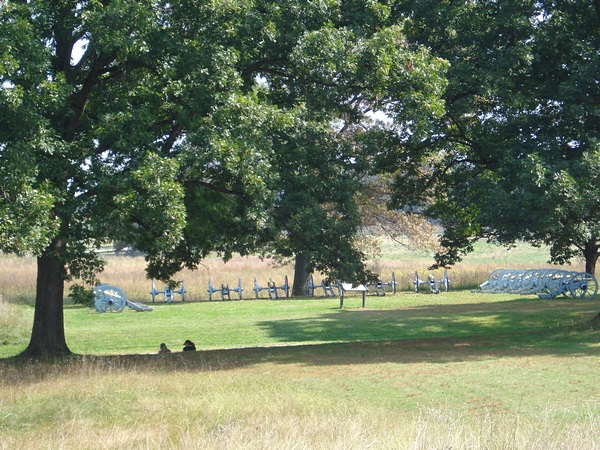
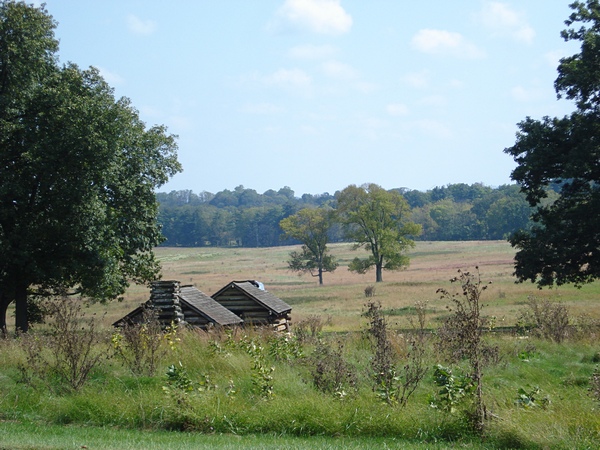
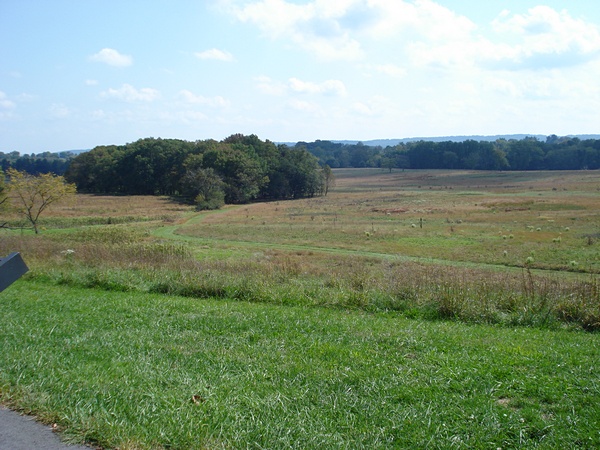
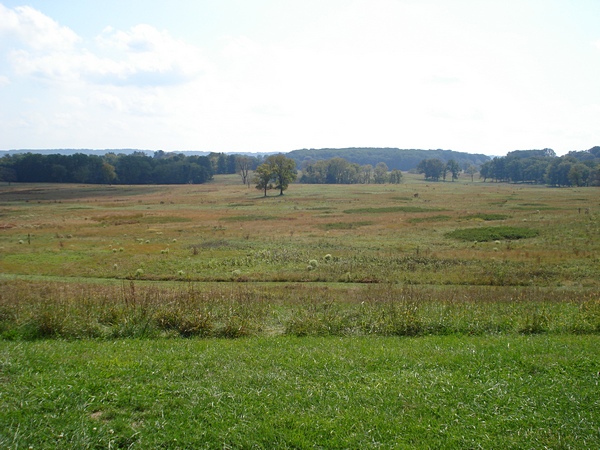
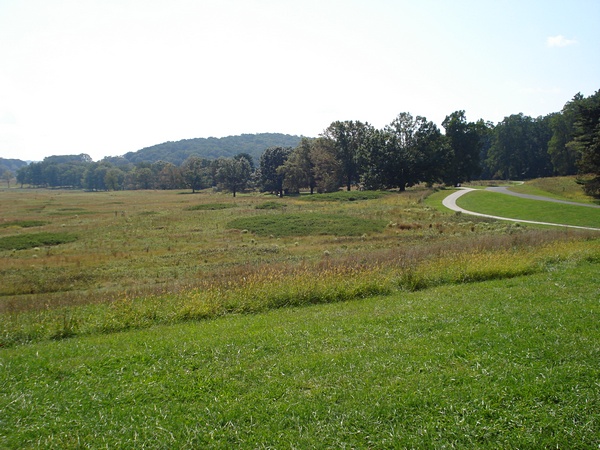
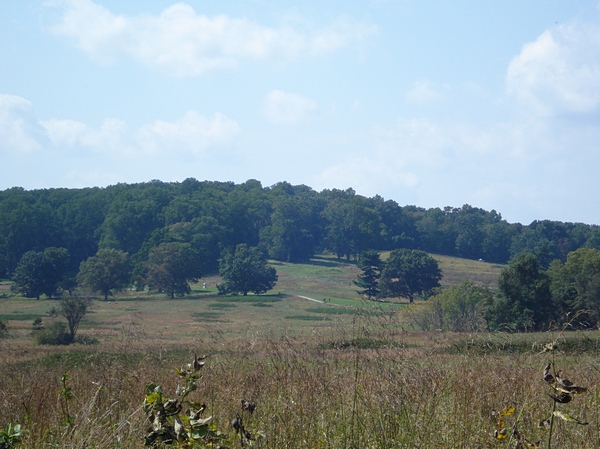
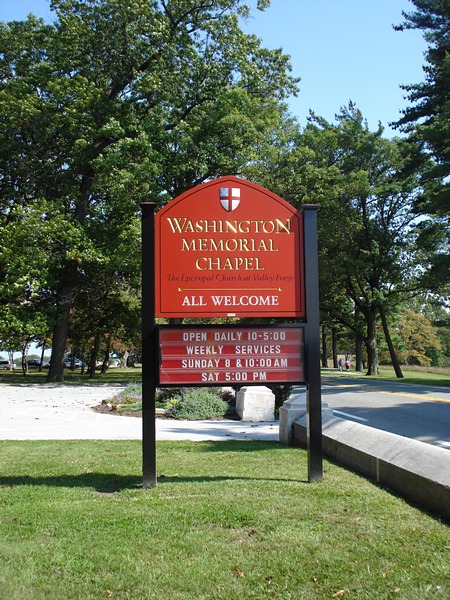






 Tags:
Tags: 




























































































Discussion
No comments for “Valley Forge National Historical Park”
Post a comment